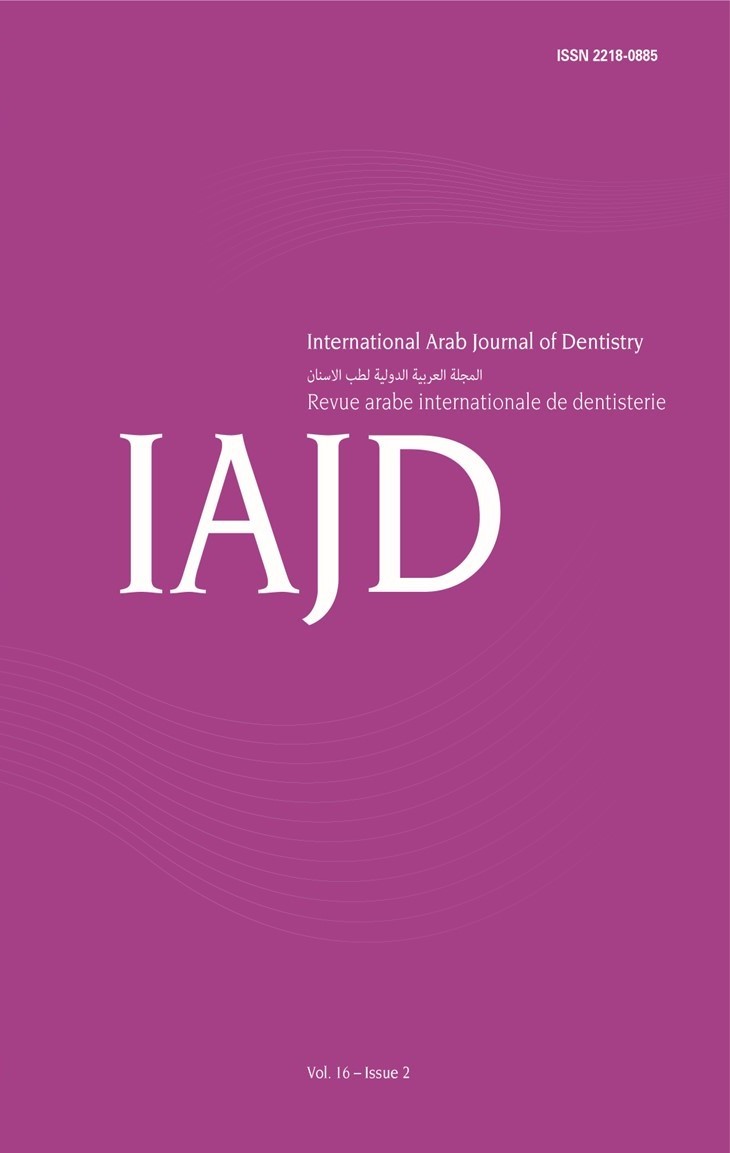Abstract
Introduction: Predisposition to root resorption as a result of a dental movement may be a consequence of clinical, biological, and biomechanical factors that should lead the clinician to objectively assess each patient to reduce associated risk factors.
Objectives: To establish an association between clinical and tomographic findings related to external root resorption (ERR) using cone beam tomography (CBCT) on maxillary incisors during the first stage of orthodontic treatment.
Methods: An observational, follow-up, cohort study that analyzed the association between clinical and radiographic variables on maxillary incisors using CBCT before placing fixed orthodontic appliances and finishing the first stage of orthodontic treatment in 20 patients was performed.
Results: Using the Levander and Malmgren criteria on root length, no statistically significant changes were observed at any evaluation time. When exploring the association between malocclusion type, the vertical component, and type of orthodontic appliance used, no statistically significant changes were observed for teeth 11, 12, 21, and 22 (Vp KW>0.05). However, significant changes in class I patients compared to class III in tooth 22 were observed.
Conclusions: It is important to evaluate using 3D tools from the beginning of the orthodontic treatment to assess the individual risk of developing ERR as the etiology of such condition is multifactorial. It is noteworthy to mention that, after 6 months, no diagnosis of significant ERR was made. However, a reduction in total root length was observed in most patients. The selected clinical variables did not have an impact on the first stage of the orthodontic treatment.

